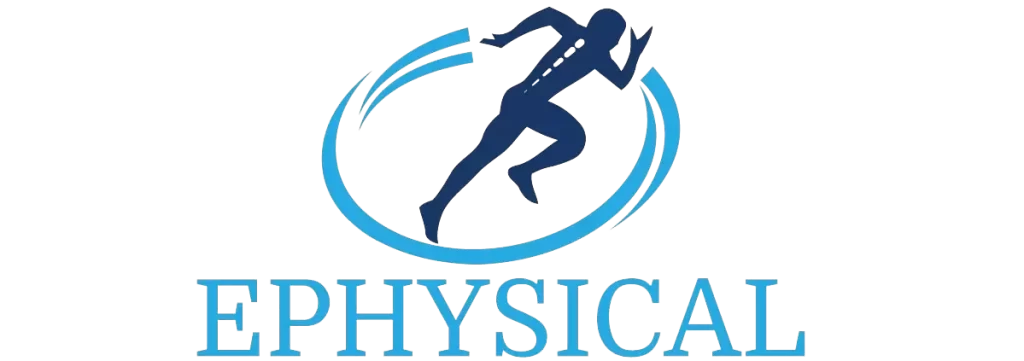5 Disadvantages of Static Stretching You Should Know For Better Results
Static stretching is one of the most popular stretching techniques performed by professional athletes and regular fitness lovers daily.
Performing static stretching is helpful when your goal is to increase muscle flexibility and your range of motion.
However, there are also some downsides to stretching.
In some situations, static stretching is simply not practical or not recommended. To get the most out of your stretching routine, I wrote this article.
Here you can read more details about the five disadvantages of static stretching.
Reduce Muscle Performance When Performed Before Training/Physical Activity
It’s scientifically proven that static stretching just before running or strength training hurts muscle performance.
This means that you will run slower or that the muscles will not be able to reach their maximum when you lift weights.
When holding your muscles in static stretch over the 60s, you increase the negative effect on your muscle performance even more.
Instead of static stretching, focus on dynamic stretching and light aerobic activity before running or strength training.
This is one of the biggest disadvantages of static stretching because of its negative impact on muscle strength.
Overstretching Muscles From Static Stretches
When the intensity of static stretching is too strong, the chances of getting muscle injury increases.
Muscles can stretch to their physiological limit so you need to be careful when performing stretching exercises.
Any forcing of stretching a muscle beyond its limit leads to overstretching your muscles.
Usually, the pain or discomfort in the muscle occurs instantly during stretching exercises, and muscle strain can occur. You may experience sharp pain.
The muscle will become intolerant to muscle stretching or contraction.
Repetitive overstretching of muscles will lead to chronic muscle weakness and pain.
Static Stretching Won’t Help You Burn Many Calories
Static stretching is very ineffective when you want to lose extra pounds.
Since this is a static activity that focuses on a particular muscle, it does not burn a lot of calories.
Just stretching will not help you get into a caloric deficit because stretching doesn’t burn many calories.
Stretching for 10 minutes alone burns around 27 calories.
You would have to spend hours stretching to make a significant caloric deficit.
To burn a lot of calories by training, it is necessary that the intensity of exercise is stronger and that active movement such as running or lifting weights are included.
Static Stretching is Boring
Static stretching is a set of static positions, so each stretching session is more or less the same.
Therefore, you can easily find yourself bored when stretching.
To stay consistent with this type of training you need to have a steely will and understand the long-lasting positive effects that static stretching brings.
Static Stretching Takes Too Much Time
Static stretching of one muscle lasts about 30s. To stretch your legs alone, you need to stretch a minimum of seven different muscle groups.
That means only one round will last about four minutes. Three rounds will take twelve minutes, at best.
Imagine that you want to do a static stretching of the whole body after training.
You should set aside about forty minutes.
It is, therefore, reasonable to conclude that static stretching takes simply too much time in some situations.
Although I am a big fan of stretching, sometimes stretching is not my priority.
Summary
To get the best results from your stretching routine, you should be aware of disadvantages of static stretching.
One of the most negative facts regarding static stretching is: negative impact on muscle strength when performed before weightlifting or running.
Someone find stretching a boring activity, while other see stretching as meaningless and time consuming.
Let me know what you think of static stretching. What are disadvantages of static stretching according to you?
Learn more about stretching from these 12 stretching exercises books as well from my stretching ebook that covers the most important facts about stretching and follow-up stretching routines.
